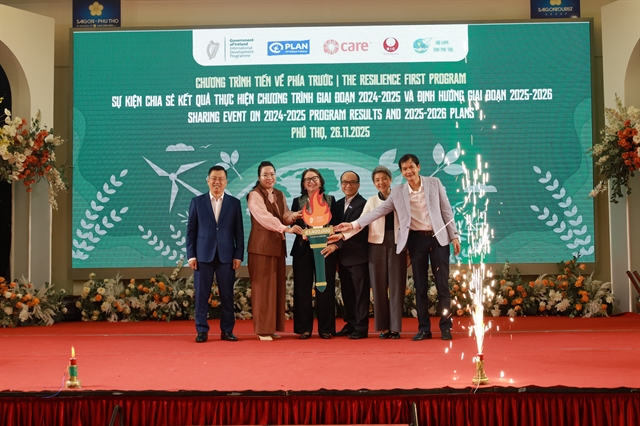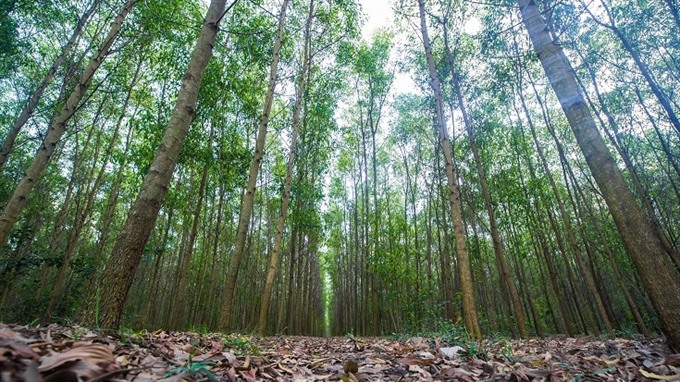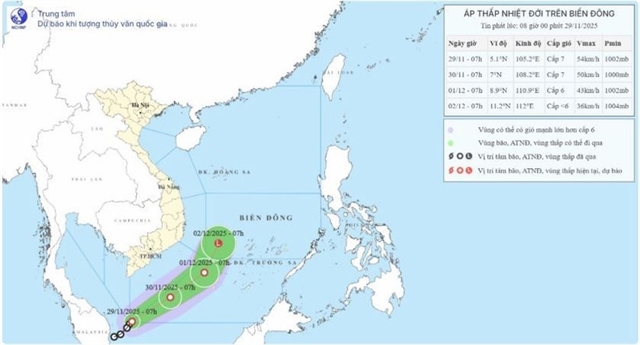 Society
Society

Household-owned timber plantations must be substantially reformed in order to yield sustainable profits for their owners.
 |
| A plantation in Quảng Ngãi. — Photo courtesy of World Bank |
THỪA THIÊN-HUẾ — Household-owned timber plantations must be substantially reformed in order to yield sustainable profits for their owners.
Plantations owned by households account for 38 per cent of the total area of timber plantations in the country, according to the Ministry of Agriculture and Rural Development.
The case of Hồ Đa Thê, a farmer in a mountainous commune in Phú Lộc District in
“I have earned around VNĐ200 million (US$8,800) on one hectare of the plantation since 2015,” he said. Thê added he started his planting in 2007 thanks to a funding programme by World Bank.
According to a report by the
The report also said the area has grown gradually since 2005 thanks to innovation in policies for forestry development, including granting forest land to locals.
The country’s turnover from timber exports has enjoyed year-on-year increases since 2008, with timber exploited from localities of HCM City, Bình Dương and Đồng Nai in the south; Bình Định, Quảng Trị and the Central Highlands in the central region; as well as Phú Thọ, Tuyên Quang and Yên Bái in the north.
The localities consumed timber from plantations around the country to serve the production of woodchips, wood materials for mining, carpenter and construction industries.
Dr Vũ Tấn Phương of the Academy for Forest Sciences said Việt
“The Government should have policies to foster the large timber plantations, using preferential loans, as well as facilitate the collaboration between households owning forest land and businesses working in timber processing and export,” he said.
“The sector also needs to give proper incentives to those households and encourage them to stop harvesting early from the plantation,” said Phương, adding that experts believe families should focus on growing large timber that can sell at a higher price but requires more time.
Experts at a workshop on the topic held in
Dr Bùi Chính Nghĩa of the Việt Nam Administration of Forestry said one of the keys was to educate farmers working in household-owned plantations about the benefits of growing large timber. Preferential investment as well as technical support would also be useful, he added.
Experts also suggested the formation of cooperatives involving households owning the plantations to assist them in the business.
Currently, the plantation sector is well supported with expertise from international organisations including FAO and Food and Forest Development Finland as well as local agencies of the Academy for Forest Sciences and Việt Nam Cooperatives Alliance. — VNS




